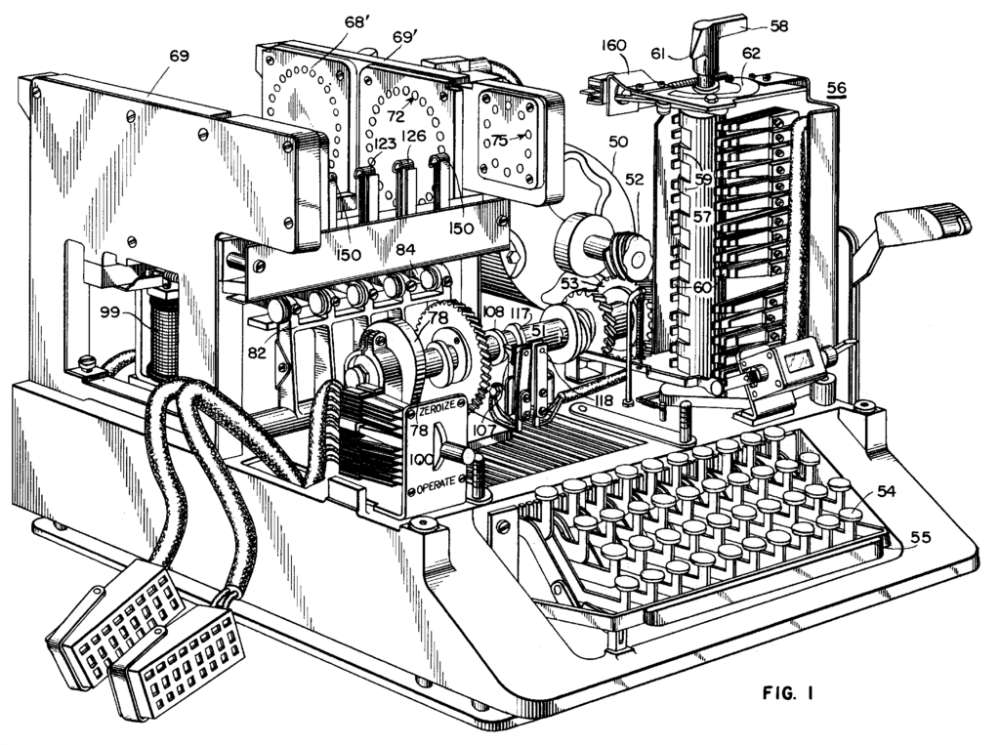
Pitch your Startup, App or Hardware or post a Startup Event or Startup Job
Here are four valuable tips for saving money when obtaining patent protection overseas.
Identify your markets
There is no such thing as a “worldwide patent”, but you can patent an invention all over the world by applying for a patent in each national jurisdiction, for example, the USA.
However, the cost of patenting an invention increases with each additional jurisdiction covered by a patent. You can save a lot of money by only obtaining patents in jurisdictions that matter to you.
How should you decide which jurisdictions to protect?
I generally advise my clients to first pinpoint the geographical markets for their technology. Where will the technology be sold and used?
Those are the areas where patent protection may be worthwhile. I say “may” because it’s still a business decision, and you may have different objectives and strategies.
If the invention will be manufactured in a foreign country, it’s usually a good idea to protect it with a patent there too.
What if you plan to licence the technology to other parties? The same principle apples: patent the invention in the jurisdictions where the licensee will sell, use or manufacture it.
You can save substantial money by limiting your patent protection to the jurisdictions you really need. In making this decision, it helps to estimate the size of the opportunity in each market and then rank them.
Once you pick the top half dozen countries, you’ll probably find most of the market is covered.
Get market feedback early
This is a big issue, but easily overlooked. The aim is to assess the business case for the product (and associated patent) in each patented jurisdiction.
Try to get practical feedback about the product in each of your chosen jurisdictions. For example:
- How big is the market?
- Exactly who will buy it?
- What do potential customers think of the product?
- Does it have the features they want?
- How much will they pay for it?
- What are the competing products?
- Are there any cultural reasons for customers to prefer a competing product?
Ideally, this data should come from your potential customers. Third party market reports are no substitute for data from potential customers about your specific product.
After you lodge a provisional patent application, you will have 2.5 years before you need to choose jurisdictions for patent protection.
Use that time wisely.
Be prepared to kill
Be prepared to “kill off” patent applications in some of your chosen jurisdictions. Why would you want to do this? Well, you may get new information about the market demand for your product so you’ll need to be ready to modify your patent strategy.
For example, you may find that the demand for your product in a particular jurisdiction is less than originally estimated, and the business case for a patent there does not stack up. You can save money by discontinuing the patent application in that jurisdiction while keeping the others.
Engage a good patent attorney
This might sound a bit self-serving, but the reality is that the business of patenting is a complex field with many pitfalls to be aware of. Not only will a good patent attorney steer you through the minefield, they will help you get better value for money.
Your technology and circumstances are unique, so there is no one-size-fits-all strategy for patenting. There are many opportunities to save money and act strategically, but it takes an experienced patent attorney to recognise them.
Justin Blows is the Founder of Phoenix Intellectual Property.
Justin is experienced in protecting a very broad range of technologies, including mechanical, electrical, information and communications technologies (ICT), mining, optoelectronic and photonic, water, and energy.
Prior to his present career, Justin co-founded and was a chief investigator of The Centre of Excellence for Ultrahigh Bandwidth Devices for Optical Systems at The University of Sydney, a highly prestigious and world leading research centre.
He is a reviewer for the IEEE Photonics Technology Letters, and be a member of technical committees for prestigious international conferences such as the Conference for Lasers and Electro-Optics (CLEO).
Justin has authored over 100 articles in the fields of science, engineering and patent law, including the effects of Carbon Emission Trading Schemes on patent strategy.
You can contact Justin via Linkedin
Thanks to Wikipedia for the image of the The US-american cipher machine SIGABA
Pitch your Startup, App or Hardware or post a Startup Event or Startup Job


